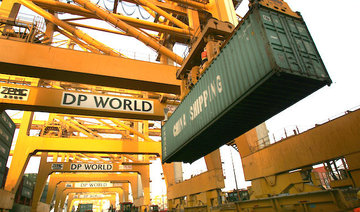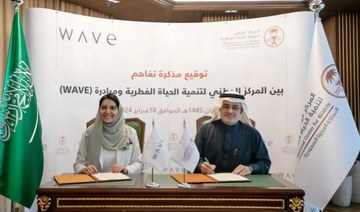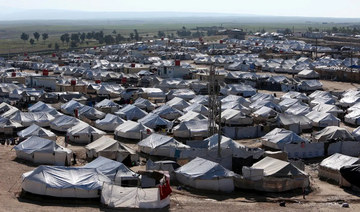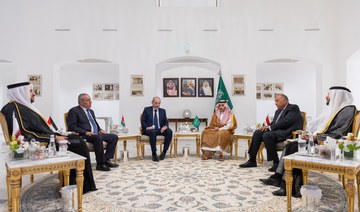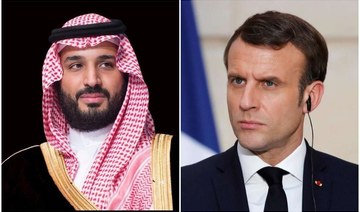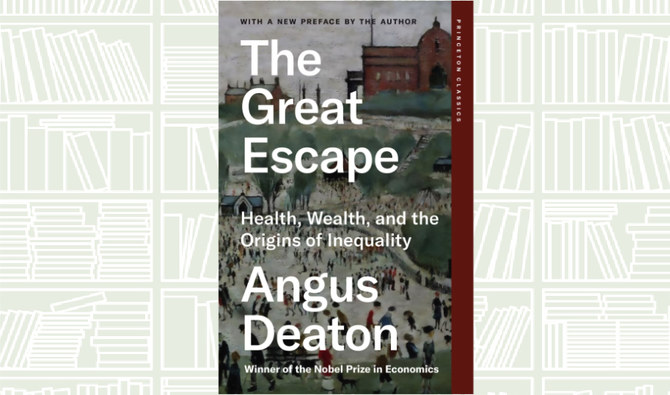DUBAI: DP World, the international ports and logistics business based in the UAE, handled more containers last year than at any time in its history, as the growing world economy boosted global trade.
In its annual assessment of container traffic through its ports, the company reported that more than 70 million TEUs — 20 foot equivalent units — passed through ports it either owned or had a significant presence in. That outcome was a 10 percent rise over 2016, beating forecasts of 6 percent by industry experts Drewry Maritime.
Sultan Ahmed bin Sulayem, the group chairman and CEO, said: “Benefiting from the improved trading environment and market share gains, our global portfolio once again delivered ahead-of-market growth in 2017 and has seen strong performance across all three regions.”
There were double digit increases in volumes in the Americas and Australia, at 13.8 percent ahead, and in Europe, Middle East and Africa, 11.5 percent up. The Asia Pacific and India subcontinent was 7.9 percent ahead in volumes.
Last year also saw a revival of business in DP World’s key port at Jebel Ali in Dubai, its most important profit center, which had suffered from declining trade volumes in 2016. The UAE contributed 15.4m TEU to the total, 4 percent ahead.
“We are also pleased to see stable performance in the UAE as volumes continue to grow in the fourth quarter of 2017 amidst uncertainty in the region and tougher year-over-year comparables. The performance across our other terminals in the Middle East & Africa remains strong, in addition to Europe and the Americas,” bin Sulayem added.
Consolidated terminals — ones wholly owned by DP World — accounted for roughly half of the total.
DP World shares, traded on the Nasdaq Dubai market, bucked the trend of falling equities markets in the region to inch ahead by 0.1 percent.
In the UAE, the company still has no date for the completion and opening of terminal 4 (T4) in Jebel Ali. It said recently that it was looking to launch T4, which will lead to a big expansion in capacity, when justified by market conditions.
DP World is expecting a significant impact on its operations over the next two years as business grows to build and accommodate the Expo2020 exhibition in the UAE. Its port and connected industrial zone is close to the Expo site in south Dubai and the new airport facilities at Dubai World Central.
Industrial parks and economic zones will be a feature of future expansion strategy, already pioneered at the London Gateway development in Britain, and at several other locations in the Americas and Africa.
It is also likely to increase its interest in the Red Sea region. DP World already has port facilities in Jeddah, where there is a big infrastructure investment program under way, and in Egypt’s new Suez Canal industrial zone.
Record container traffic reported in global trade boost by DP World
Record container traffic reported in global trade boost by DP World

Sunrisers Hyderabad down Rajasthan Royals to set up IPL final with Kolkata Knight Riders

- Spinner Shahbaz Ahmed starred with three wickets
CHENNAI: Sunrisers Hyderabad beat Rajasthan Royals by 36 runs on Friday to set up an IPL final against Kolkata Knight Riders, as spinner Shahbaz Ahmed starred with three wickets.
Heinrich Klaasen smashed 50 off 34 balls to help Sunrisers post 175-9 and their bowlers combined to restrict Rajasthan to 139-7 as they reached their third IPL final, to be played in Chennai on Sunday.
Ahmed came in as an impact substitute in Hyderabad’s batting innings to score 18 runs and then returned figures of 3-23 with his left-arm spin to flatten the opposition chase.
Kolkata, who thrashed Hyderabad in the first play-off game to reach their fourth final, will meet Pat Cummins’ side again in the decider.
Cummins, who cost Hyderabad $2.5 million at the auction, remains on the cusp of another title after he led Australia to the Test championship trophy and then to the ODI World Cup in India last year.
“You’ve seen that in the way we played,” Cummins said on his team’s turnaround from last year when they ended bottom of the 10-team table. “The finals was the goal and we’ve made it.”
Ahmed was named player of the match and Cummins said it was coach Daniel Vettori’s call to have the all-rounder come in as impact sub.
It took time to fill the 36,000-capacity M.A. Chidambaram Stadium, with local fans still missing the presence of home team Chennai Super Kings.
Chennai veteran M.S. Dhoni remains a hero in the south Indian city and many fans wore his number 7 jersey during the third play-off contest.
The IPL was in the grip of a heatwave in the last two play-off matches in Ahmedabad, where temperatures soared to over 44 degrees Celsius (111 degrees Fahrenheit), but Chennai remained much cooler at 32 degrees.
Rajasthan faltered in their chase despite Yashasvi Jaiswal’s quickfire 42 before the opener fell to Ahmed and skipper Sanju Samson soon departed for 10.
Ahmed strick twice in one over, including the in-form Riyan Parag for six, and despite Dhruv Jurel’s late unbeaten 56, inaugural champions Rajasthan fell well short.
“We’ve had some brilliant games, we’ve had a great project as a franchise,” said Samson. “We’ve produced some great talent for the country. Parag, Jurel, exciting not only for RR but for India team too.”
Hyderabad’s Abhishek Sharma scored 12 but returned with his part-time spin to take two wickets including the big-hitting Shimron Hetmyer, bowled for four.
Earlier Sunrisers, who had racked up record IPL totals of 277 and 287 this season, lacked firepower in their batting until Klaasen boosted the score with his fourth fifty of the season.
Rajasthan’s Trent Boult made early inroads when he got Abhishek in the first over and struck twice in the fifth to send back Rahul Tripathi, for 37, and Aiden Markram, for one.
Fast bowler Avesh Khan took two wickets in two balls, prompting Hyderabad, who won the IPL in 2016 under Australia’s David Warner, to bring in Ahmed.
South Africa’s Klaasen stood firm to reach his fifty from 33 balls and put on a key seventh-wicket stand of 43 with Ahmed in a total which proved enough.
Hatching of red-necked ostrich chicks highlights success of Saudi royal reserve’s breeding program
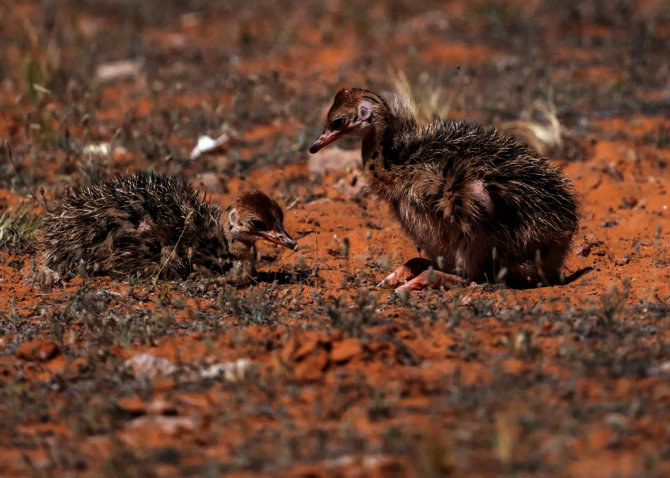
- The Imam Turki Royal Nature Reserve launched its ostrich conservation scheme in 2021 to rescue this critically engaged species
- Saudi Arabia’s second largest royal reserve is dedicated to providing secure habitats to allow the Kingdom’s wildlife to thrive
RIYADH: In a significant boost for biodiversity in the Kingdom, the Imam Turki Bin Abdullah Royal Nature Reserve Development Authority recently announced the hatching of three endangered red-necked ostrich chicks — a species that had been considered extinct in Saudi Arabia.
At the end of 2021, the royal reserve launched a scheme to reintroduce ostriches to the wild, creating a habitat for a male and a female. The ostriches soon adapted to the reserve and laid their first clutch of 12 eggs in the spring of 2024, three of which hatched naturally.
The royal reserve is dedicated to providing a suitable environment for endangered species to help increase their numbers, restore biodiversity, and provide a safe haven for animals like reem gazelle, Arabian oryx, red-necked ostrich, and others to flourish in the wild.
“The red-necked ostrich, also known as the North African ostrich (Struthio camelus camelus), is currently classified as critically endangered,” Abdulmajeed Aldhaban, executive vice president of operations at the Imam Turki bin Abdullah Royal Natural Reserve Development Authority, told Arab News.
“This subspecies faces significant threats due to habitat loss, hunting, and egg collection, which have led to a dramatic decline in its population over the past 100 years.”
The red-necked ostrich is not the only bird species the reserve has sought to revitalize through breeding programs, captive breeding techniques, and habitat restoration to bolster its population. The houbara bustard has been another success story.
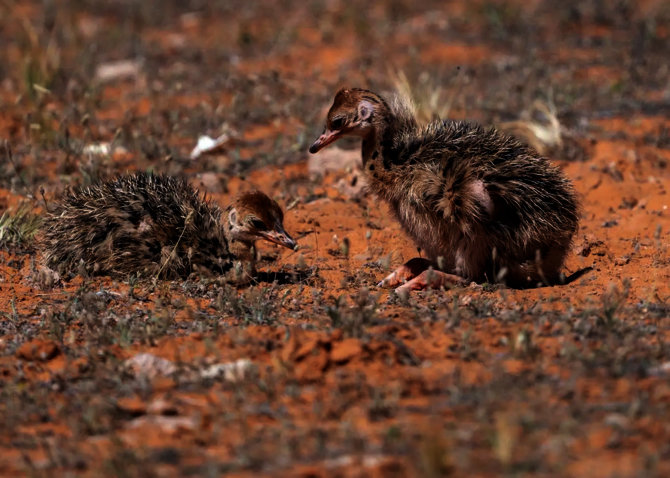
“In March, the Imam Turki Bin Abdullah Royal Nature Reserve Development Authority started construction of a state-of-the-art aviculture center on the reserve,” said Aldhaban.
“This was part of the authority’s comprehensive plan to conserve wildlife in general and, specifically, protect the endangered houbara bustard in its natural habitat.”
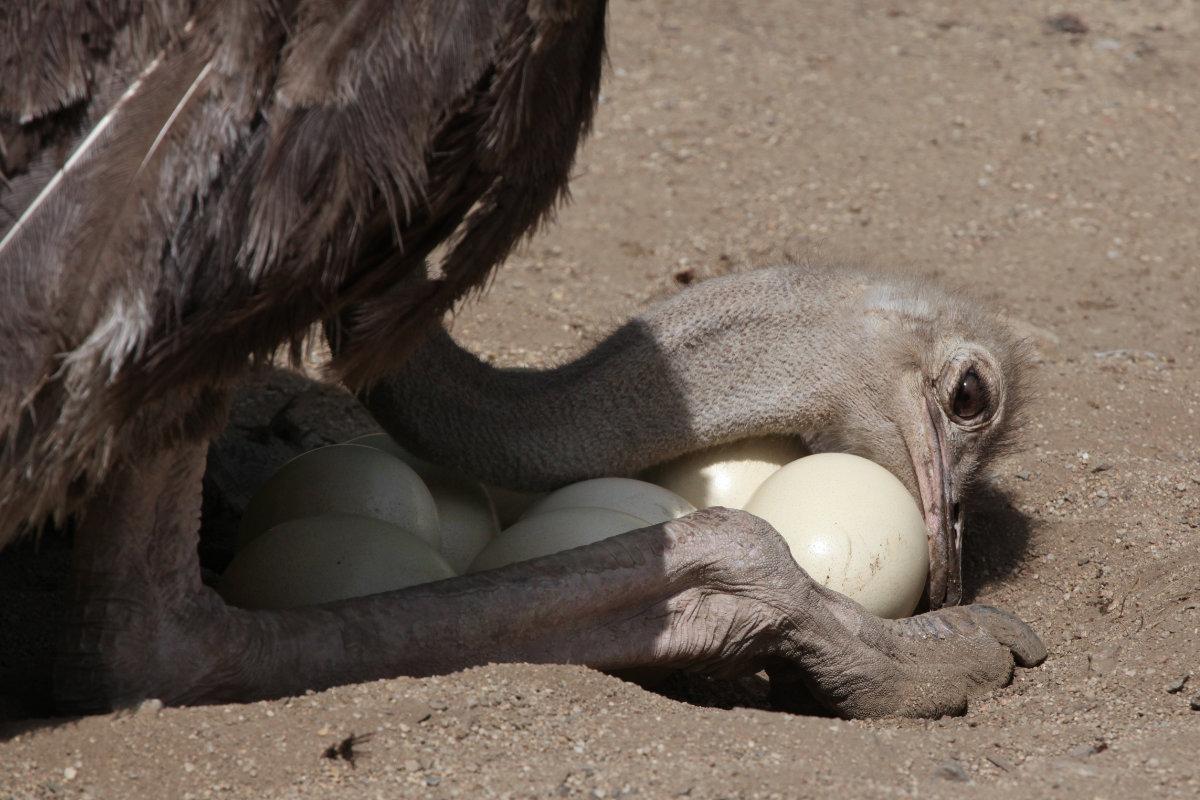
He added: “The center comprises 22 facilities, including administrative buildings, breeding facilities, clinics, and laboratories, spanning an area of 4 sq. km. The first phase of breeding is set to commence by the end of 2024.”
Saudi Arabia’s rich biodiversity has long been overlooked by environmentalists. Despite its arid climate and vast desert landscape, the Kingdom is home to a wealth of distinctive species, occupying its dunes, mountains, valleys and coastlines.
Local conservationists believe they have an obligation to protect these terrestrial and marine habitats and maintain the ecological balance for the benefit of the Kingdom’s wildlife and for generations to come.
Opinion
This section contains relevant reference points, placed in (Opinion field)
Officials have therefore outlined a set of biodiversity conservation goals under various initiatives like Vision 2030 and the Saudi Green Initiative designed to work in partnership with civil society groups and the private sector.
One focus is the design of protected areas.
During an interview with Arab News at the Hima forum in Riyadh last April, Mohammed Qurban, the CEO of the National Center for Wildlife in Saudi Arabia, outlined the Kingdom’s aim to protect 30 percent of the Kingdom’s terrestrial and marine areas by 2030.
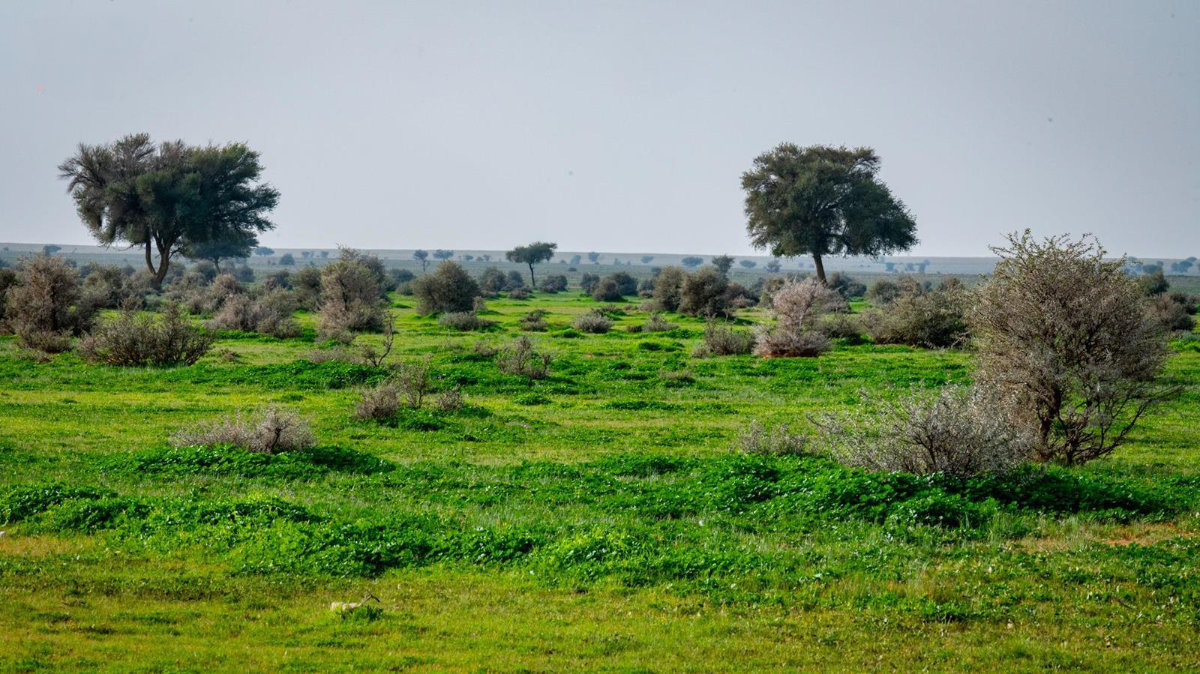
This goal includes the creation of wildlife sanctuaries and restoration programs to restore natural habitats and protect endangered animal species such as the Arabian oryx, red-necked ostrich, gazelle, and Arabian leopard.
The Imam Turki bin Abdullah Royal Natural Reserve, where the red-necked ostriches hatched last month, covers an area of more than 91,500 sq. km, making it the second-largest royal protected area in the Kingdom, home to 138 species of animal and 179 species of plant.
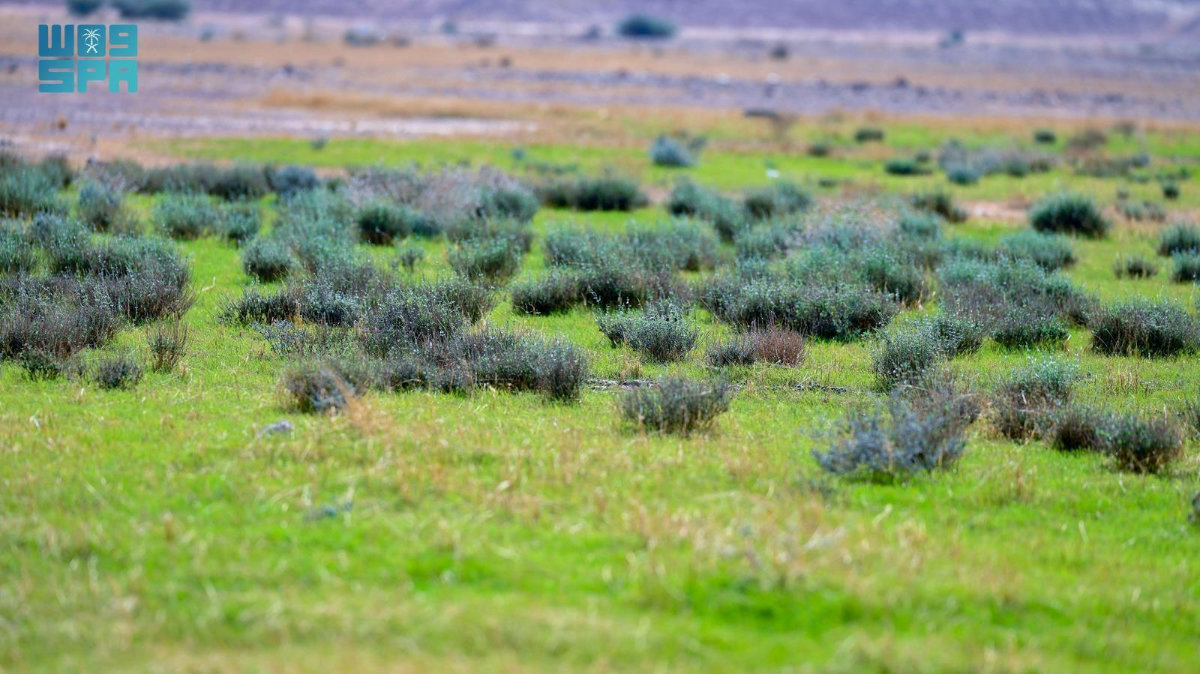
Situated in the country’s northeast, close to the border with Iraq, the reserve is a popular destination for tourists interested in hiking and bird watching.
In 2018, the royal reserve declared three key objectives, including the conservation of biodiversity, the development of the reserve as a destination for ecotourism, and the aim of generating socio-economic benefits for local communities.
The Natural Reserve Development Authority has registered the reserve in the World Database on Protected Areas. It has also earned global recognition after being nominated for the International Union for Conservation of Nature Green List in 2023.
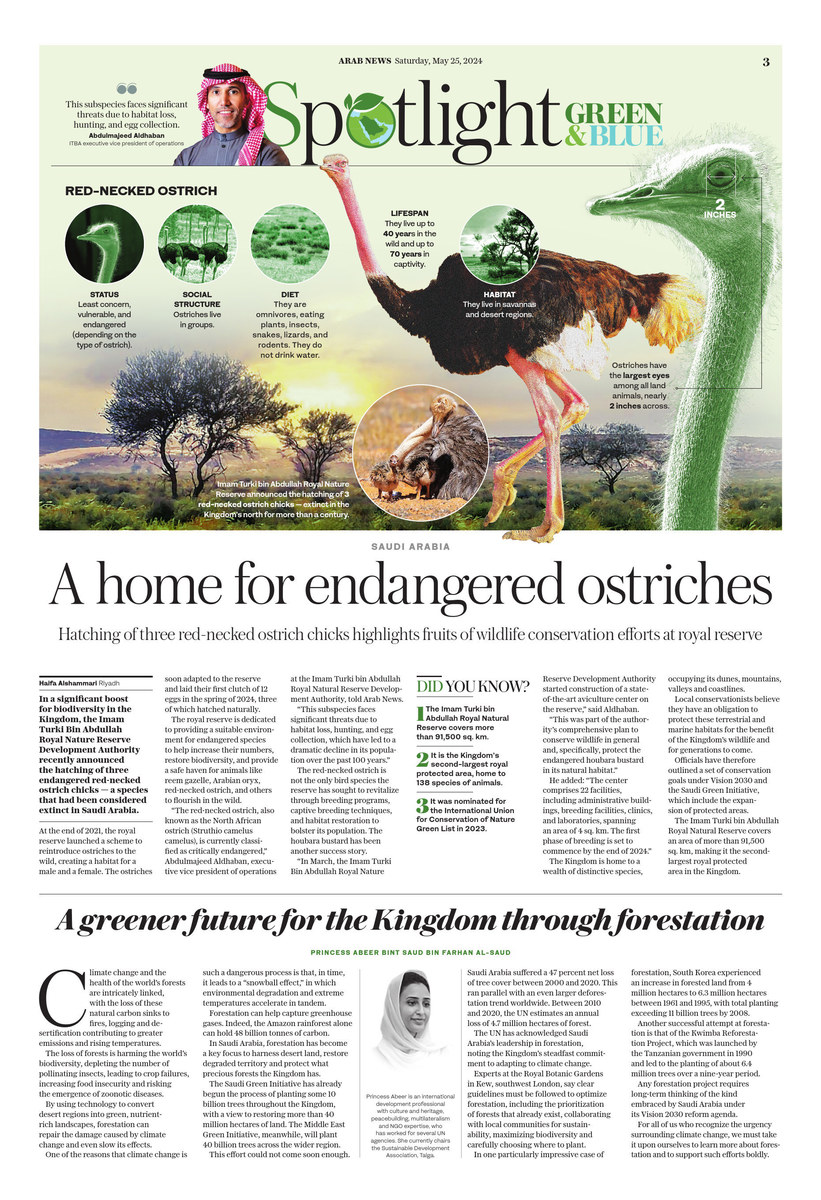
Four Britons repatriated from Syria camp, Kurds say
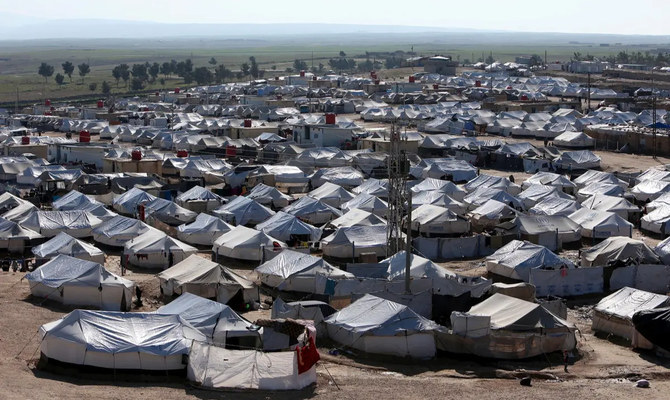
- The Kurdish administration said it had “handed over a woman and three children to the United Kingdom“
- The four had been interned in the Roj camp where militants’ relatives are held
QAMISHLI, Syria: Kurdish authorities in northeast Syria said Friday that they had handed over a woman and three children to British representatives for repatriation, with a source saying they had been held in a camp for militants’ relatives.
Five years after the Daesh group was driven out of its last bastion in Syria, tens of thousands of the militants’ family members, including from Western countries, remain in detention camps in the Kurdish-controlled northeast.
The Kurdish administration said it had “handed over a woman and three children to the United Kingdom,” following a meeting with a British delegation led its Syria envoy Ann Snow.
A source within the administration told AFP the four had been interned in the Roj camp where militants’ relatives are held.
Britain’s foreign ministry said UK officials had “facilitated the repatriation of a number of British nationals from Syria to the United Kingdom.”
“This repatriation is in line with the long-standing policy that all requests for UK consular assistance from Syria are considered on a case-by-case basis, taking into account all relevant circumstances including national security,” the spokesperson said.
On May 7, the United States announced it had brought back 11 Americans including five minors, as well as a nine-year-old non-US sibling of an American, from internment camps in northeastern Syria.
The United States in the same operation facilitated the repatriation of six Canadian citizens, four Dutch citizens and one Finnish citizen, eight of them children, Secretary of state Antony Blinken said.
And in December, the Kurdish administration handed over to Britain a woman and five children who had also been held in a camp.
Despite repeated appeals by the Kurdish authorities, a number of Western countries have refused to take back their citizens from the camps.
Among the most high profile cases is that of Shamima Begum, a former Briton stripped of her citizenship after leaving the country aged 15 to marry an Daesh group fighter.
Saudi Arabia’s Prince Faisal meets with French foreign minister Sejourne
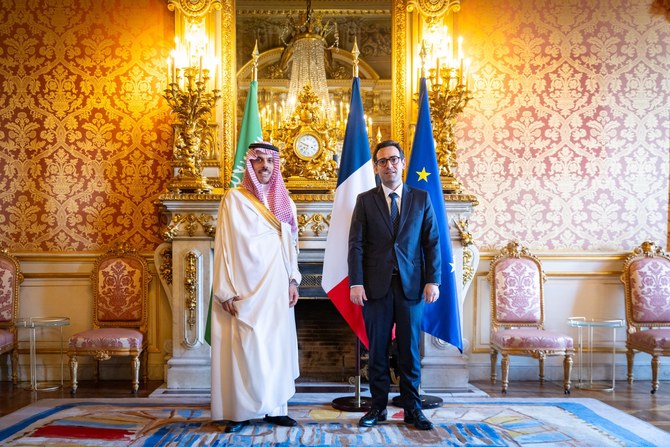
- The two ministers discussed Saudi-French relations
- Also discussed the situation in Gaza
PARIS: Saudi Arabia’s Minister of Foreign Affairs Prince Faisal bin Farhan met with the French Minister of Europe and Foreign Affairs Stephane Sejourne in Paris on Friday.
During the meeting, the two ministers discussed Saudi-French relations and ways to enhance them and ways to improve coordination on various issues of mutual concern, Saudi Press Agency reported.
The two ministers also discussed the situation in Gaza and its surroundings and the need to deliver humanitarian assistance to the civilians in the enclave.
The meeting was also attended by Saudi Ambassador to France Fahd bin Mayouf Al-Ruwaili, the Foreign Minister's office director general Abdulrahman Al-Dawood, and ministry Advisor Manal Radwan.


